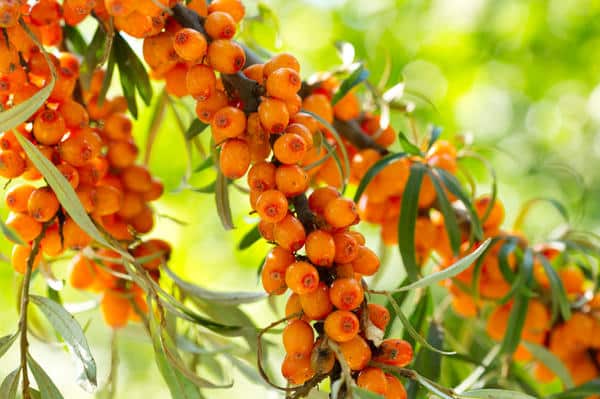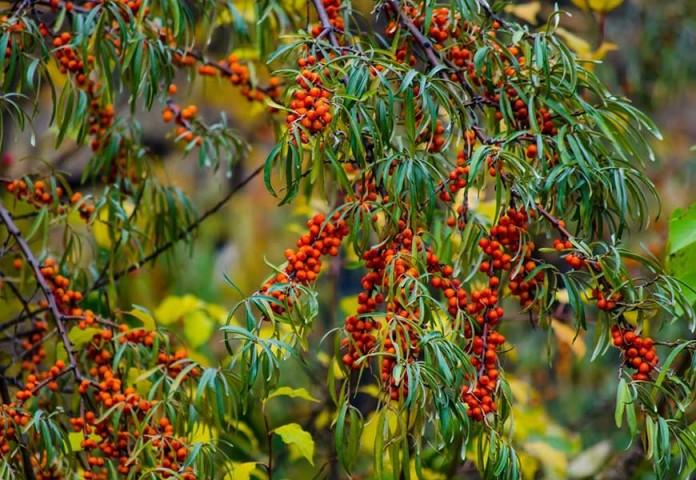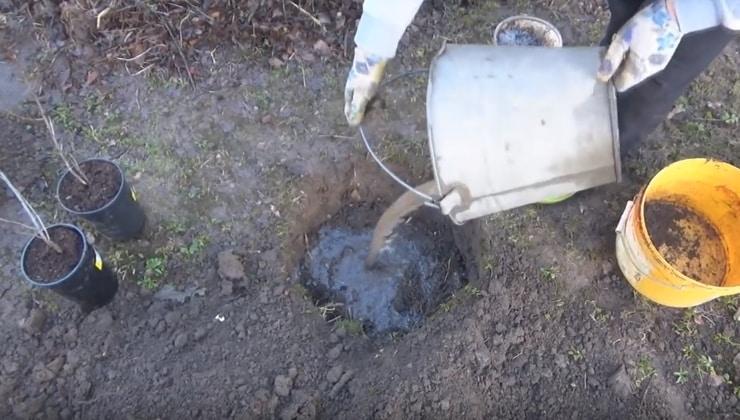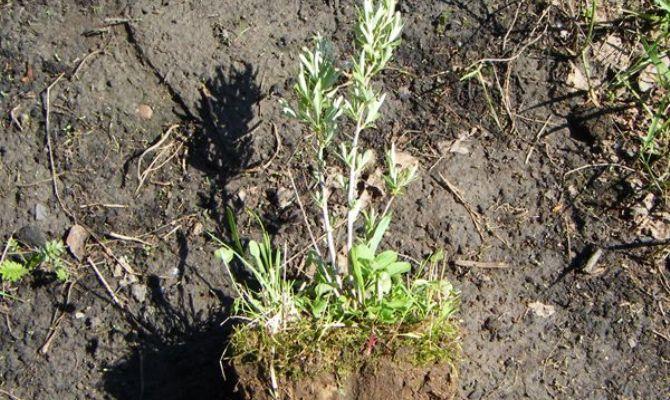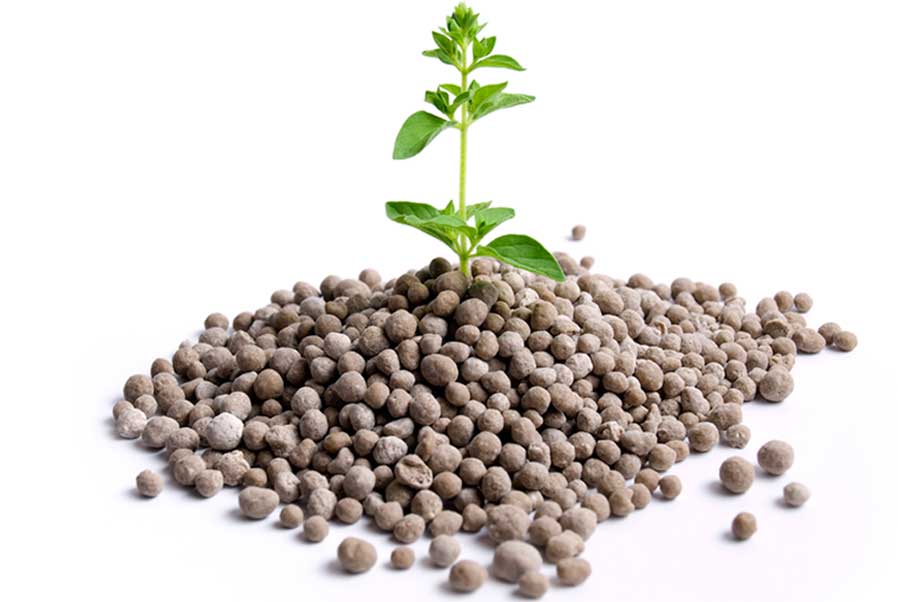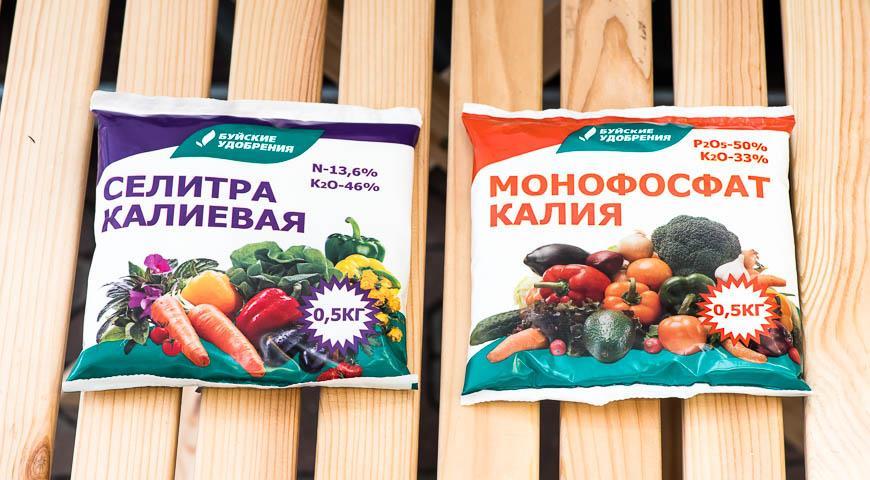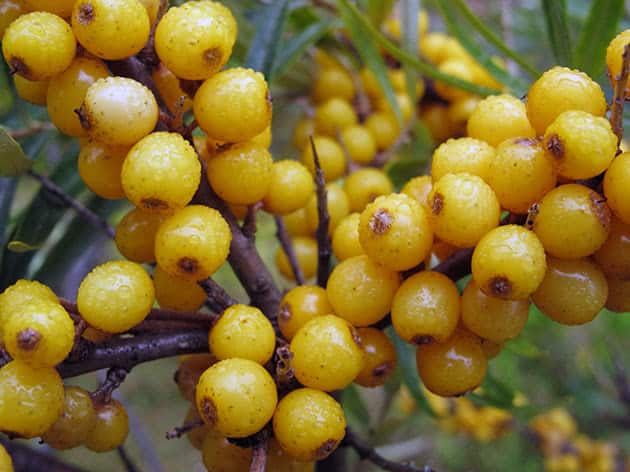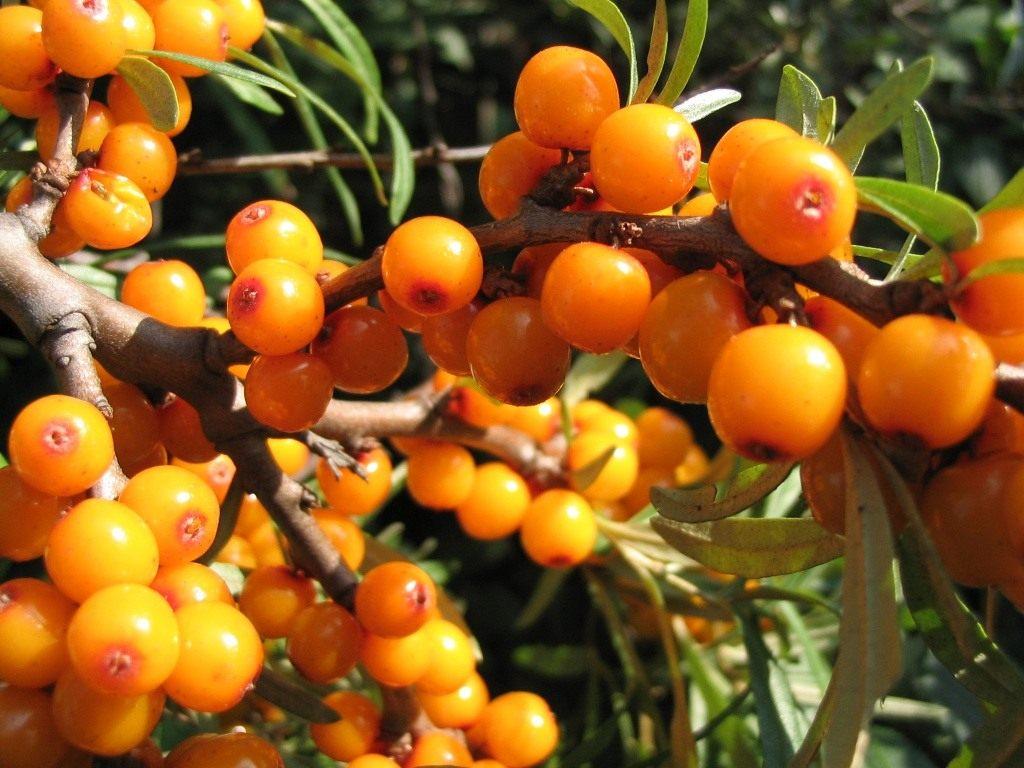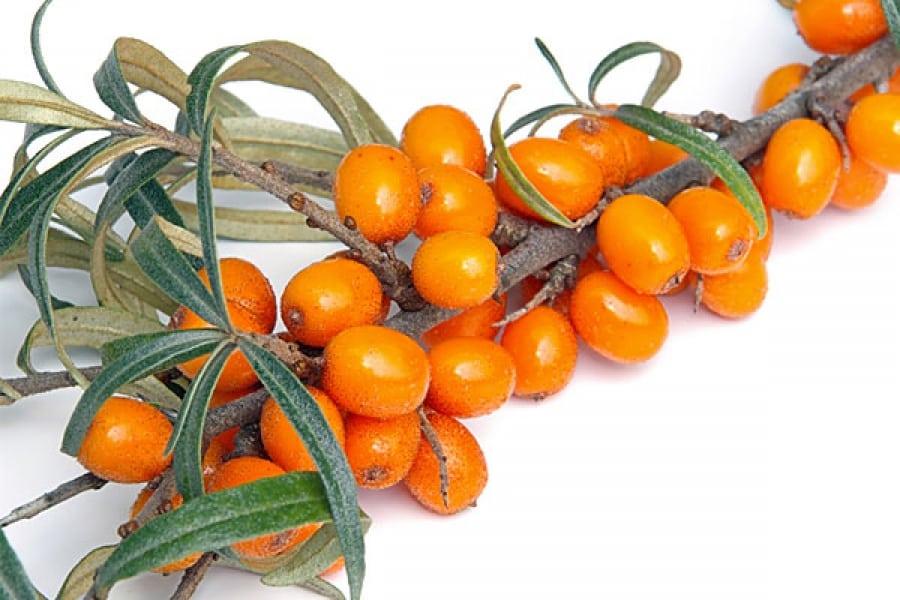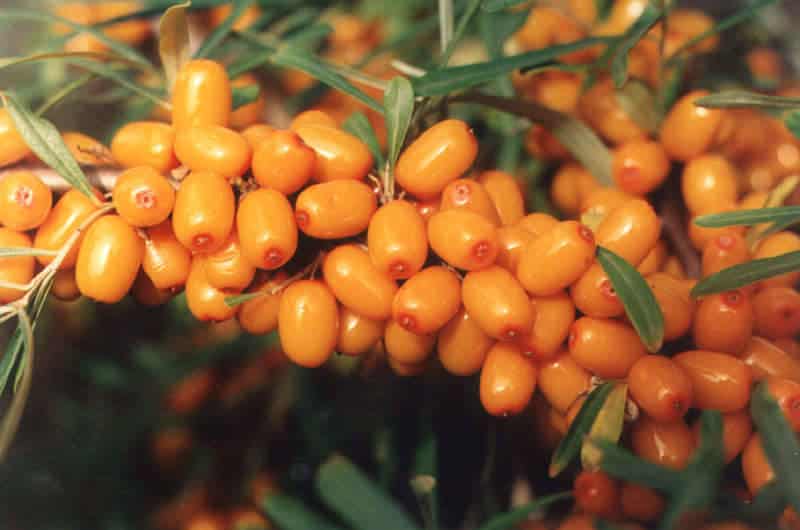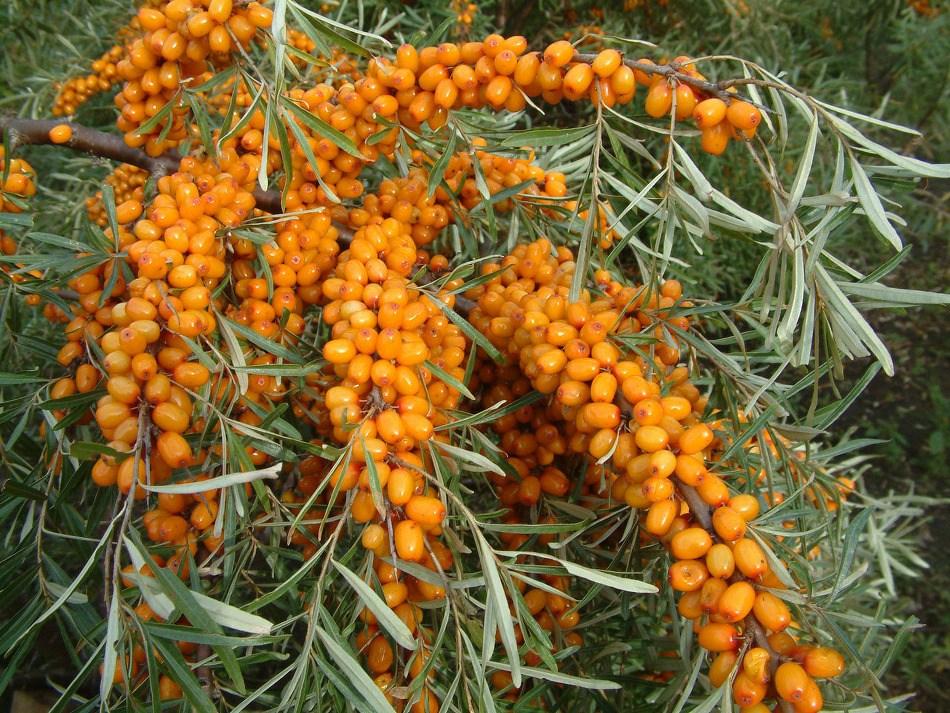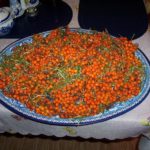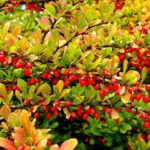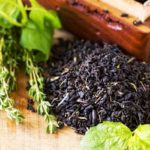Gardeners are interested in planting sea buckthorn in open ground and caring for it. To obtain a stable harvest, you must first plant the plant correctly. High-quality berries will be born only on healthy bushes. Having planted a wildflower, the summer resident is unlikely to receive large and sweet fruits. And the taste and juiciness of the berries depend on subsequent care.
- How to choose healthy seedlings
- How to distinguish male from female sea buckthorn
- Planting seedlings
- Required soil
- The optimal place for sea buckthorn
- Disembarkation dates
- Planting patterns and depth
- What can be planted next to sea buckthorn
- Step-by-step disembarkation instructions
- Caring for young and mature trees
- Top dressing
- How to fertilize sea buckthorn
- Fertilizer after planting
- Timing and technology of seasonal feeding
- Regularity of watering
- Mulching the soil
- When and how to transplant an adult sea buckthorn bush
- Scheme and technology of pruning
- Preparing the crop for winter
- Features of fruiting tree
- Pollinators
- When does sea buckthorn begin to bloom and bear fruit?
- Ripening and harvesting dates
- Nuances of agricultural technology in various regions of Russia
- Moscow region
- Urals and Siberia
- Middle lane
How to choose healthy seedlings
When purchasing a seedling with an open root system, you should pay attention to the condition of the roots. They should be yellow-brown in color. In this case, one (central) root is well developed. It is surrounded by formed fibrous roots.
When purchasing a seedling with a closed root system, you should turn the container over. If the tips of the roots are light in color and have grown through the holes for water drainage, the plant will take root easily.
You should definitely inspect the ground part of the sea buckthorn. The shoots should be well developed, the tops intact.
How to distinguish male from female sea buckthorn
The optimal time for the procedure is the plant’s dormant period. At this time the bushes look different. On females, the buds are small, tightly pressed to the stem. They are covered by only 2 scales. Male plants have large, round buds set apart from the stems and branches. They are covered by up to 7 scales.
Male bushes have flat leaves, while female plants have a concave profile. In spring, female sea buckthorn leaves are bright green, while male sea buckthorn leaves have a bluish tinge. And the female bush blooms with small yellow flowers, while the male flowers have green-silver flowers.
Planting seedlings
Before planting sea buckthorn, preparatory measures should be carried out. The speed of adaptation of the shrub depends on their success.
Required soil
Gardeners are interested in what kind of soil sea buckthorn likes.Under natural conditions, the plant bears fruit along the banks of rivers and streams, preferring neutral or slightly alkaline soils with an admixture of pebbles or gravel. The same soil needs to be created at the location of the shrub.
The optimal place for sea buckthorn
Before planting a plant, you should remember how it grows in open ground under natural conditions:
- The shrub lives along the banks of reservoirs, choosing places well lit by the sun. And on the site you should provide her with the sunniest and warmest place.
- In the area where sea buckthorn is supposed to be planted, groundwater should not lie too close: the roots of the plant cannot tolerate getting wet. But the root system of a plant rarely penetrates deeper than 40-50 cm. Therefore, the presence of groundwater is allowed at a distance of 60 cm or more from the surface.
- The shrub does not tolerate cold winter winds. It should be placed at the dacha in places protected from drafts: on the southern sides of buildings.
- The plant has a spreading root system, which lies shallow (40-50 cm). Therefore, he perceives shrubs or flowers planted nearby as oppressors.
- Sea buckthorn is a wind-pollinated crop. The male plant is placed on the windward side, and the female plant on the leeward side.
Some gardeners plant shrubs around the perimeter of the site, behind buildings.
Disembarkation dates
It is recommended to plant sea buckthorn in early spring (as soon as the soil warms up) and autumn (3 weeks before the onset of frost). When planting in the spring, the bushes are shaded for 2-3 weeks; in the fall, all leaves are removed for better survival.
Planting patterns and depth
In the garden, it is recommended to plant 5-8 female bushes per 1 male plant. Sea buckthorn should not be buried: there should be 5-7 cm from the root collar to the ground level.When placing, the distance between bushes must be at least 3 m. This is required in order to provide sufficient area for plant nutrition.
What can be planted next to sea buckthorn
The shrub does not tolerate neighbors: its root system is superficial and located shallow. And the crown of the bush is quite spreading, it shades everything around. But the tree trunk circles can be covered with sod. A regularly trimmed, neat lawn under sea buckthorn looks beautiful.
Step-by-step disembarkation instructions
For rapid survival, young sea buckthorn bushes need to be planted correctly. How to proceed:
- Prepare the planting hole in advance. Dig a pit measuring 0.4 x 0.4 x 0.4 m. Mix the excavated soil with mature compost or humus. After 2-3 days, add potassium and phosphorus and put it back into the pit. Cover the top with plywood (to prevent erosion by precipitation).
- Dig a planting hole. Drive a peg into it to tie the plant.
- Then carefully straighten the roots, place the sea buckthorn in the hole, cover it with soil and compact it. Pay attention to the position of the root collar: it should be 5-7 cm above the ground.
- Water the planted bush generously and mulch the tree trunk circle.
When planting in spring, shade the planting for 3-4 days.
Caring for young and mature trees
Growing sea buckthorn is not difficult. The plant is quite unpretentious. One of the necessary measures is timely pruning. It is required to obtain large berries. At home, fertilizing and watering during prolonged drought are recommended for varietal sea buckthorn.
Top dressing
You can grow sea buckthorn without fertilizing. But applying fertilizers increases yields.
How to fertilize sea buckthorn
It is recommended to fertilize sea buckthorn with complete mineral fertilizer: nitrogen, phosphorus and potassium. Nitrogen is contained in humus or compost (necessarily mature). Plants obtain phosphorus and potassium from bone meal or sifted oven ash.
Gardeners who don't want to hassle with composting crop residues or don't have a stove can buy ready-made fertilizers and apply them according to the manufacturer's instructions.
Fertilizer after planting
Properly planted young sea buckthorn is provided with food for the next 3 years. It does not require additional feeding. The bush should be fed regularly from the 4th year of its life in the garden. In the spring it is necessary to add nitrogen, and in the fall - potassium-phosphorus fertilizers. It is recommended (to save time) to use complete mineral fertilizers.
Timing and technology of seasonal feeding
In the spring, you need to add nitrogen at the rate of 1 bucket of humus per 1 adult bush, distributed throughout the entire tree trunk circle. At the beginning of summer, it is recommended to feed the plants with potassium-phosphorus fertilizer according to the instructions.
In October-November, it is recommended to apply complex autumn fertilizer: it will help the bush to easily overwinter.
Regularity of watering
The plant does not require frequent watering. It provides itself with moisture. But young bushes planted in spring require regular watering in summer. In this case, you should follow the rules: moisten the tree trunk circle only after it has completely dried out.
Mulching the soil
Many gardeners prefer to grow sea buckthorn in turf areas. In this case, ordinary lawn grass plays the role of mulch. But young plants require mulching around the tree trunk. For mulch, dried mown grass, rotted sawdust, and neutral peat are suitable.
If the gardener wishes to use fresh sawdust or shavings, it is recommended to water them thoroughly with a urea solution. This will prevent the loss of valuable nitrogen from the soil.
When and how to transplant an adult sea buckthorn bush
Mature bushes do not tolerate transplantation well. The gardener will spend effort digging up a plant that has an extensive root system. But the roots will still be damaged. Mature bushes planted in a new location most often die. An adult bush is dug up only if the gardener wants to propagate the plant by division. In this case, the healthy part with a developed root system is cut off. The division is planted in a new place.
There is an easier way to preserve your favorite bush: plant rooted cuttings from an old plant.
Scheme and technology of pruning
Sea buckthorn begins to form immediately after rooting. The gardener must decide how he will grow it: in a trunk or as a bush.
In the first case, the straight central branch is selected in the first year, and all others are removed. The next year, all branches are cut out at a height of 60 cm. Then (in the third year) 2-3 strong branches are shortened, the rest are removed. In the 4th year, the pruning of the previous year is repeated.
When growing sea buckthorn as a shrub, choose 3-4 strong branches, and cut out the rest. Subsequently, 6-7 branches are left every year, the old ones are cut out. Sanitary pruning is recommended to be carried out as necessary, but at least 2 times a year.
Preparing the crop for winter
The shrub does not require special care, but for successful wintering of a young plant, you can insulate the trunk circle with dry leaves or peat. Timely autumn feeding will increase the winter hardiness of the plant.
Features of fruiting tree
The plant got its name because of the bright berries that densely dot (stick to) the thorny shoots. The plant retains the harvest on its branches until cold weather sets in. But the marketability of fruits deteriorates when harvesting is delayed.
Pollinators
Sea buckthorn is a wind-pollinated plant. During flowering, pollen from male flowers is transferred by the wind to the pistils of female flowers. If there is no wind during flowering, it is recommended to carry out pollination yourself: a branch cut from a male plant must be passed over the female sea buckthorn.
When does sea buckthorn begin to bloom and bear fruit?
Sea buckthorn is a fast-growing plant. The first fruits on wild plants will be born in the 2nd year of the bush’s life in the garden. And in what year the varietal shrub will begin to bear fruit, breeders indicate in the description of the plant.
Ripening and harvesting dates
The berries are harvested when they reach the color and size characteristic of the variety. This usually occurs between the end of July and the end of September. The ripe berry is juicy and has a thick skin. When separated from the branches, the fruits retain their integrity. Berries accumulate the maximum amount of sugars and vitamins.
The shrub is resistant to fruit shedding. Orange berries can decorate the branches until frost. But their taste deteriorates: the amount of sugar decreases, the berries begin to sour. The skin becomes thinner and the fruits burst. Overripe fruits do not produce high-quality preparations. Therefore, harvesting is required in a timely manner.
Nuances of agricultural technology in various regions of Russia
The shrub grows well and bears fruit in various regions of Russia. But when planting modern varieties, it is recommended to choose those that are bred for a specific region. Then the gardener will always receive a bountiful harvest.
Moscow region
Gardeners began to grow sea buckthorn en masse in the Moscow region in the 70s of the last century. There was no talk about varieties; the common buckthorn grew everywhere. The climate and soils of the region are suitable for cultivating sea buckthorn. Now breeders have created more than 60 varieties that are included in the State Register and recommended for cultivation in the region.
Urals and Siberia
In the Urals and Siberia there are thickets of wild sea buckthorn, so local gardeners prefer to collect wild berries rather than plant plants on the site. But breeders have created new varieties, their characteristics are better than those of wild ones. Gardeners place such shrubs in their dachas. When planting several female seedlings, it is permissible to have a wild boy for pollination.
When planting varietal sea buckthorn, you should choose species zoned for Siberia or the Urals. This shrub can easily withstand winters with low temperatures and strong winds. Caring for cultivated sea buckthorn growing in the Urals and Siberia follows the usual rules.
Middle lane
In the middle zone, the same varieties of sea buckthorn should be planted as in the Moscow region. The plant bears fruit well to the east and west of the Moscow region. But varieties created for regions with warm climates freeze slightly in winter in the middle zone. They need to be carefully covered in the tree trunk area.

